What are Capsules?
Capsules have become a popular and extensively utilised dosage form in the pharmaceutical sector, providing patients with a convenient and effective method of handling medication. They are made up of ingredients encased in an outer shell that is broken down in the digestive tract, allowing the therapeutic substance to be absorbed into the circulation and propagated throughout the body, much like tablets.
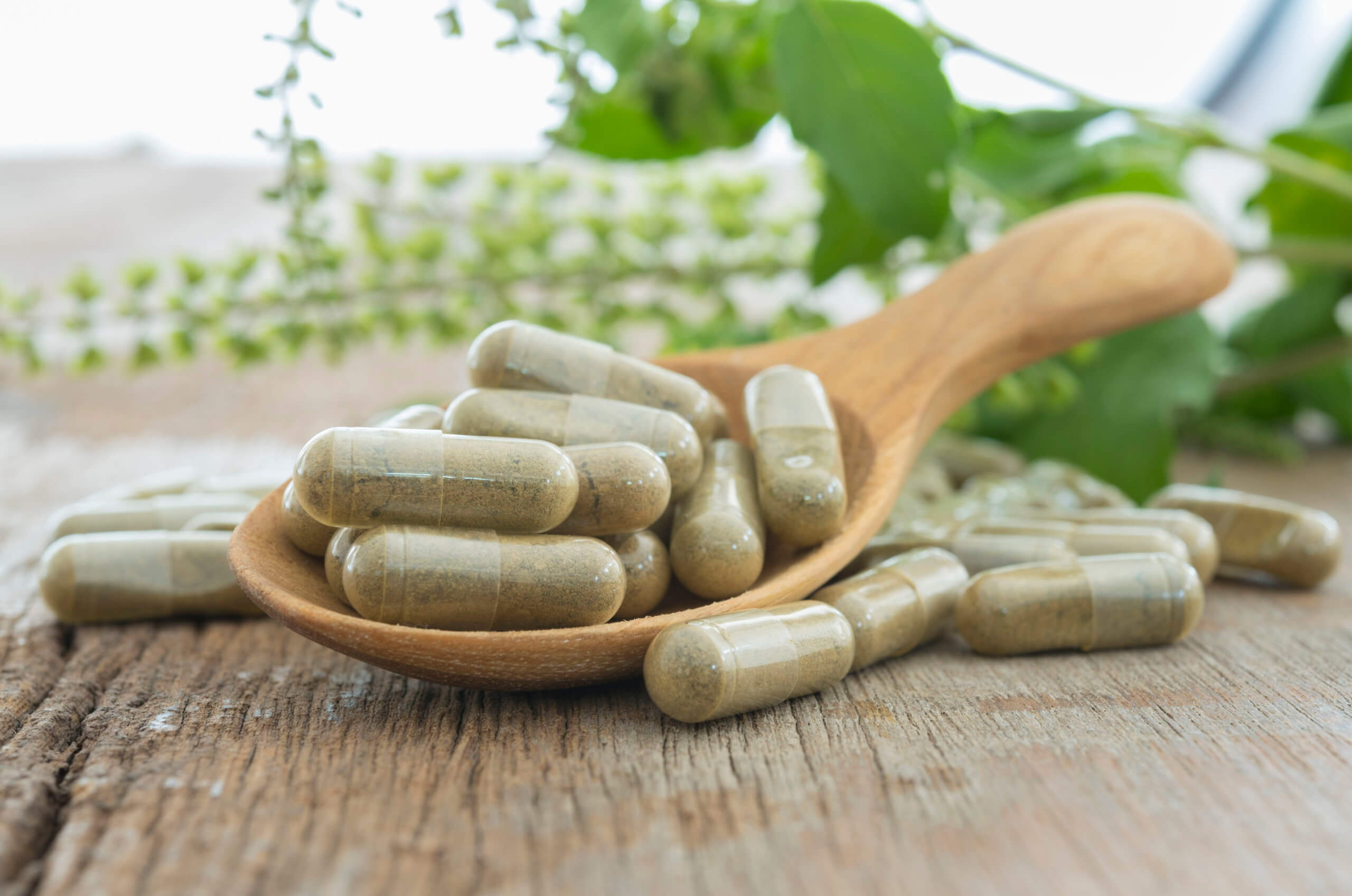
Understanding the capsule processing
Capsule processing is a precise and well-controlled process that ensures the production of high-quality capsules for delivering medication to patients. The procedure involves numerous crucial phases, starting with choosing the type of capsule and ending with filling and sealing it with the proper the medication.
- Choosing the type of capsule:
The very first step of capsule production is to understand, what type of capsule you need to make. There are two types of capsule Hard shell capsule and soft shell capsule.
- Hard shell capsule: Hard-shelled capsules are a well-known and commonly utilised capsule form in the healthcare industry. They consist of two halves that fit within one another to form a closed case. Gelatin, a protein obtained from either bovine (cattle) or porcine (pigs) sources, is commonly used to make the capsule shell.
The functions of hard shelled capsule are:
Dry Medication: Hard-shelled capsules are ideal for distributing pharmaceuticals in dry forms such as powdered substances, granulates, or pellets. Filling these dry drugs precisely into one half of the capsule shell guarantees correct dosage and consistent distribution of the active pharmaceutical ingredient (API) within the capsule.
Liquid Filled Hard Capsule (LFHC): Some hard-shelled capsules are made explicitly to hold liquid formulations in addition to dry drugs. To guarantee the integrity and quality of the liquid medication within the capsule the LFHC are created with an airtight environment. This makes it possible to provide liquid drugs in capsule form, which is practical and simple to use.
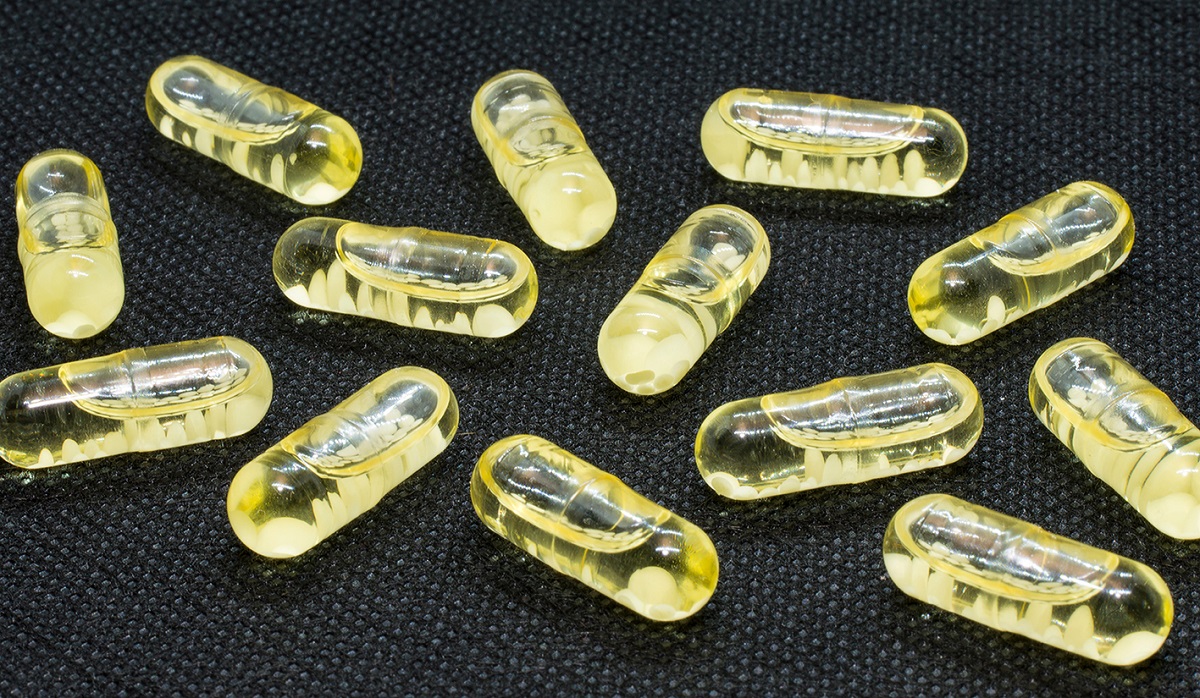
Multiple Formulated Capsule: A single capsule containing numerous formulations is very well suited to hard-shelled capsules. When two or more ingredients need to be mixed in a controlled-release way this capability is especially helpful for combination treatments or extended-release formulations. Because fewer tablets need to be taken per dose, such formulations improve patient adherence.
Durable: Compared to other dosage forms like tablets, hard-shelled capsules provide a higher level of tamper resistance. The capsules are difficult to break or crush, which makes them less prone to manipulation or abuse. The tamper-resistant function improves capsule security and makes sure that the prescribed medications are used as directed by the healthcare provider.
Mostly Gelatin based: The hard-shelled capsule’s outer shell is often formed of gelatin, a protein obtained by boiling off various components of cattle or pigs, including their hooves, bones, and connective tissue. The gel-like substance that results from processing this gelatin is employed to make the capsule’s outer shell. Since gelatin capsules have no taste or odour and are simple to take, they can be used for a variety of treatments. The usage of animal-based gelatin may be subject to dietary or cultural constraints; thus, this must be considered.
- Soft shell capsule: The appearance of soft-gel capsules, sometimes called liquid gels, varies slightly from that of hard-shelled capsules. They are often broader and semi-transparent unlike hard shelled capsules. Soft-gel capsules are made to hold liquid or semi-solid contents.
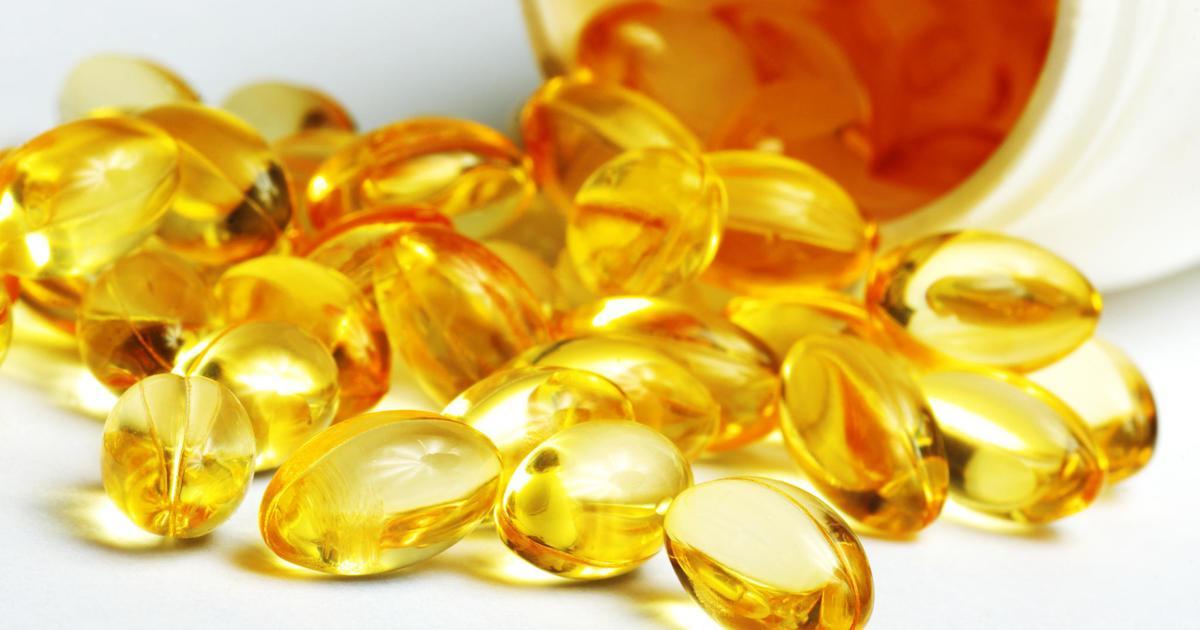
The functions of soft shelled capsules are:
Liquid or semi solid ingredients: Soft-gel capsules are especially well-suited for dispensing medications that are liquid or semi-solid in nature. For medications that need quick absorption or are not well soluble in water, this characteristic is advantageous.
Quick Absorption: One of the primary benefits of soft-gel capsules is their quick breakdown in the digestive system. Soft-gel capsules tend to dissolve more quickly than tablets or hard-shelled capsules, providing quicker symptomatic alleviation and quicker medication absorption. This quality is especially helpful for medicines that need to start working right away.
Easy to swallow: Soft-gel capsules have no taste or odour, just like hard-shelled capsules. Because of this quality, they are simpler to swallow, especially for people who have trouble swallowing tablets or dislike the flavour of some medications. The capsule’s smooth, gel-like texture makes it simple to swallow.
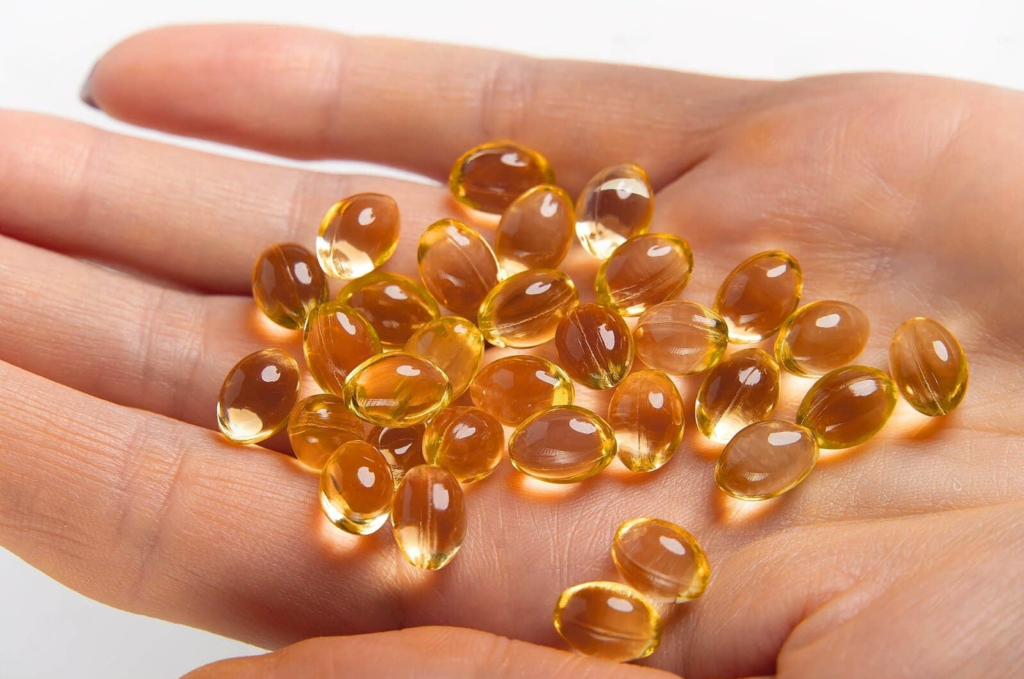
Gelatin-Based: Soft-gel capsules are typically constructed from gelatin originating from bovine or pig origins, similar to hard-shelled capsules. However, some manufacturers provide vegetarian options to the soft-gel capsules made of gelatin. Gelatin is used in soft-gel capsules to guarantee the medication’s stability and consistency while facilitating effective drug release and digestion.
- How are capsule filled and sealed?
Hardshell Capsules:
Filling Procedure: For hardshell capsules, the production procedure starts by cutting the capsule shell in half. The powdered ingredients are initially placed into one half of the shell. Precision dosing equipment, which guarantees that each capsule contains the exact quantity of the medication, is used to achieve this. To help with formulation and stability, the powdered drug may include active pharmaceutical ingredients (APIs) and a variety of excipients.

Uniform Distribution: To ensure uniform medicine distribution throughout the capsule, the filling procedure requires precision control. For ensuring therapeutic efficacy and patient safety, this makes sure that each capsule contains the appropriate dosage of the medication.
Sealing process: Once the medication has been precisely placed inside, the capsule shell’s two sides are pulled together to create a closed case. An adhesive that creates a strong binding between the shell portions is used to seal the halves together. This procedure of closing the capsule stops the medication from leaking or flowing out.
Quality control: Rigid quality control procedures are implemented all through the filling and sealing process to guarantee that the capsules comply with the specifications for weight, dose, and sealing quality. To maintain the overall quality of the finished product, any differences or flaws are swiftly identified and fixed.
Softshell Capsules:
- Filling Procedure: The procedure of filling soft-gel capsules entails placing the liquid or semi-solid medication inside of its one-piece gelatin shell. The liquid substance is accurately measured and placed in the gelatin shell’s open end.
- Sealing Process: After the liquid medication has been added, the capsule shell’s open end is sealed using a mixture of both heat and pressure. Using this method, the capsule is securely sealed ensuring that the medication is safely encased inside the gel shell.
- Airtight Seal: An airtight seal is made during the sealing process to stop any leaking or vaporisation of the liquid medication. This guarantees the medication’s safety and quality up until the patient consumes it.
- Quality Control: Rigid quality control procedures are implemented all through the liquid or semi solid filling and sealing process to guarantee that the capsules comply with the specifications for weight, dose, and sealing quality. To maintain the overall quality of the finished product, any differences or flaws are swiftly identified and fixed.
- Packaging: The capsules will qualify for packaging once they have passed quality control. Tablet packaging comes in a variety of popular forms, including:
- Blister packs: Blister packs are a common and easy-to-use capsule packaging. Each capsule is enclosed inside a blister cavity made of pre-formed plastic to protect it from air, moisture, and cross contamination. Blister packets also offer precise dosage, simple medicine labelling, and a tamper-evident cover.

- Bottles: Another well-liked option for capsule packaging is bottles, which can be either made of plastic or glass. They offer convenient access and plenty of storage, making them especially suited for prescriptions that are used often. Many bottles include child-resistant lids to stop children from unintentionally swallowing them, making them a secure alternative for families with kids.
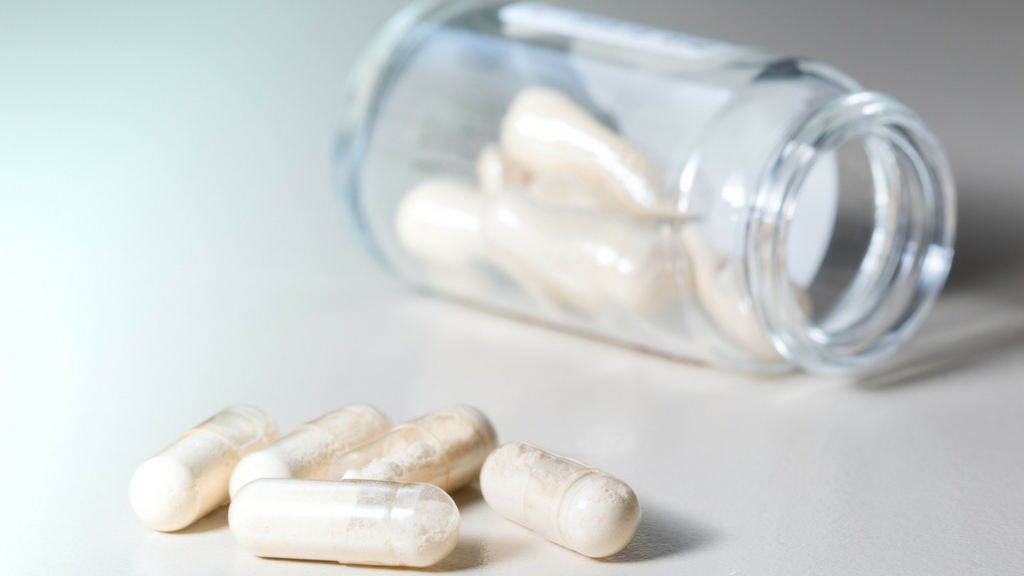
- Strip packs: Strip packs are identical to blister packs; however, they are more flexible and smaller. Aluminium or plastic strips are used to encapsulate tablets, making them convenient for short-term or travel use. The strip packs offer a practical way to transport and deliver capsules while maintaining the quality of each individual tablet.
- Alu-Alu packs: Alu-Alu packs are used for some pharmaceuticals that need special care since they are delicate. These packs are made of many layers of aluminium and plastic, creating a strong barrier against sunlight, moisture, and air. Alu-Alu packaging maintains the capsule’s stability and lifespan, making it the best choice for medicines that are susceptible to environmental conditions.
How are Capsules stored after processing?
Once precisely packaged into blister packs, sticks, or bottles, capsules are stored in larger containers or cartons for distribution. Even when capsules are appropriately sealed, it is essential to take precautions to preserve their effectiveness until they reach the consumers. To ensure their reliability and efficiency, the following procedures should be followed:
- Ideal Storage Conditions: Capsules must be stored in a cool, dry area, as temperature and moisture can significantly impact their chemical composition and shelf life. Exposure to extreme temperatures should be avoided, as it can lead to the degradation or deterioration of the active ingredients within the capsules. Additionally, protecting capsules from direct sunlight is crucial, as UV rays can accelerate the deterioration process. Storing capsules in a controlled environment helps maintain their potency and quality.
- Original Packaging: Whenever possible, capsules should be kept in their original packaging. Pharmaceutical companies design their packaging to provide the best conditions for preserving the medication’s efficacy. The sealed, original packaging acts as a barrier, protecting the capsules from exposure to the atmosphere, moisture, and other external factors that could affect their performance. It also serves as a safeguard against contamination during handling and transportation.
- Child-Resistant Packaging: Employing child-resistant packaging helps reduce the risk of accidental ingestion by children. Capsules should be stored in bottles or blister packs designed to prevent easy access by children. These child-resistant features ensure that the medication remains accessible to adults while safeguarding against unauthorized access by young ones.
- Adherence to Expiration Dates: Capsules should not be used after their expiration dates, as the safety and effectiveness of the medication cannot be guaranteed beyond that time. Expired capsules may have undergone chemical changes or decomposition, rendering them less effective or potentially hazardous. Proper disposal of outdated capsules is essential to ensure the safety of individuals and the efficacy of medications.
- Manufacturers and users make sure that the capsules maintain their medicinal characteristics and efficiently provide the desired health benefits by adhering to these storage recommendations. The efficacy of pharmaceutical therapies as a whole and patient wellbeing are enhanced by keeping capsules in their ideal state throughout storage.
What are ingredients that are used in processing of Capsules ?
In the pharmaceutical sector, capsules are a popular dosage form for giving patients their prescriptions. They are made up of two basic components: the active pharmaceutical ingredient (API) and excipients. The primary active ingredient (API) is what gives capsules their desired therapeutic effects in the body. Excipients, on the other hand, are inert chemicals used for a variety of purposes in the formulation of the capsule. These goals could be to aid in the production process, improve the durability and accessibility of the API, enhance capsule appearance, or speed up the release of the medicine into the body.
- Water: In the manufacturing process, water is utilised as an excipient to help dissolve or disperse specific chemicals to form the required capsule formulation.
- Colorants: To give the capsule shell a pleasing look and make product identification simpler, colourants are applied These colourants, which are frequently food-grade colours or pigments, do not alter the medication’s medicinal effects. Examples include iron oxides, FD&C Red No. 40, and FD&C Blue No. 1.
- Plasticizers: Sometimes, the capsule shell has plasticizers added to it to make it more flexible and keep it from breaking. Triacetin and polyethylene glycol are two examples of plasticizers found in capsules. They improve the capsule’s ability to seal up and prevent leaking.
- Opacifying Agents: These compounds are found in hard-shelled capsules to make the outer layer of the capsule opaque. Opacifying ingredients, such as titanium dioxide, give the capsule shell a white or coloured opaque look.
- Lubricants: To ensure a smooth filling and sealing execution, lubricants are added to the formulation of the capsule to minimise resistance between the powder or pellet medication and the capsule shell. Examples of lubricants include magnesium stearate and stearic acid.
- Fillers: In order to give the medicine more mass and ensure that the proper amount is contained within the capsule, fillers are utilised. Some of them include lactose, microcrystalline cellulose, and starch.
- Disintegrants: Disintegrants help in the breakdown of the capsule shell and the disintegration of medications once it reaches the gastrointestinal tract. They help the contents of the capsule dissolve, enhancing medication absorption. Examples of disintegrants include croscarmellose sodium and sodium starch glycolate.
- Plastic Coatings: To offer another layer of protection against humidity and increase the durability of the medication, some capsules may be coated with plastic. Some examples of plastic coatings used in capsules include hydroxypropyl methylcellulose (HPMC) and ethyl cellulose.
Non-Excipient Capsules
Excipient-free capsules can sometimes be created by formulating pills without certain excipients. There are very few inactive ingredients in these capsules in addition to the active component. To accommodate people with specific allergies, sensitivities, or intolerances to several excipients frequently used in capsule formulations, excipient-free capsules have mostly been developed. Excipient-free capsules are a safer option for people with these sensitivities since they lower the chance of adverse effects.
Comparing Capsules with other dosage formats.
Capsules, like tablets and powder blends, are among the most common and adaptable dose forms in the pharmaceutical industry. They have distinct benefits and drawbacks, making them a popular alternative for pharmaceutical delivery. Let us look at the advantages and disadvantages of capsules:
Capsule Advantages:
- Faster Absorption: Compared to other dose forms like tablets, capsules usually dissolve rapidly in the digestive tract. This speedier breakdown allows for faster drug absorption, which results in faster therapeutic effects.
- Tasteless and Odourless: Capsules are often tasteless and odourless, making them easier to take, particularly for people who have difficulty swallowing tablets or other oral treatments with strong tastes or odours.
- Flexible Formulations: Capsules can accommodate a wide range of ingredients, including powders, granules, pellets, and liquid or semi-solid formulations. This adaptability enables the consumption of a diverse spectrum of medications in various formats.
- Tamper resistant: Hard-shelled capsules are typically more tamper-resistant than tablets when it comes to packaging. They are difficult to break or crush, lowering the possibility of tampering and enhancing its security.
- Protection from external factors: Capsules can protect crucial ingredients from elements like light and humidity that could diminish the medicine’s efficacy.
Capsule Disadvantages:
- Lack of high dosage: Limited Dosage Capacity: Compared to tablets, capsules have a less capacity to store ingredients. Multiple capsules may be needed for bigger doses in some circumstances, which can be uncomfortable for patients.
- Animal derived: Traditionally, the gelatin used in capsules came from animals such as cows or pigs. For vegans or anyone with dietary limitations, this might not be the best option.
- More Expensive: Making liquid- or specialty-containing capsules can be more expensive than making tablets, which could result in increased pharmaceutical expenses for customers.
- Environmental Factors: The stability and shelf life of capsules, particularly soft-gel capsules, may be affected by external factors like temperature and moisture.
Overall, capsules are a popular and adaptable dosage form with a number of benefits, but they also have some drawbacks and things to keep in mind when deciding on the best pharmaceutical distribution route.
Glentworth Formulations is here to suit your every need. Everything from Tablet, Capsule and Powder blends.
If you are wanting to know more information, please get in contact with us. Either using the contact form or contacting us directly on: [email protected].


